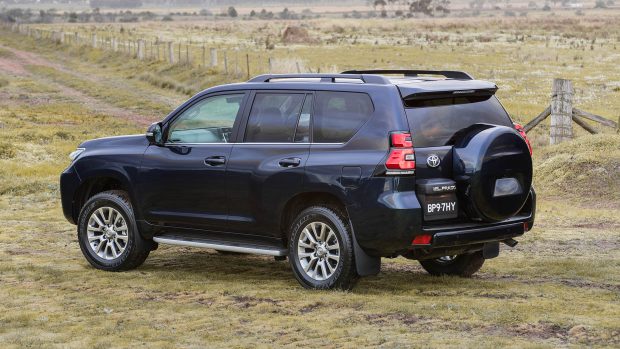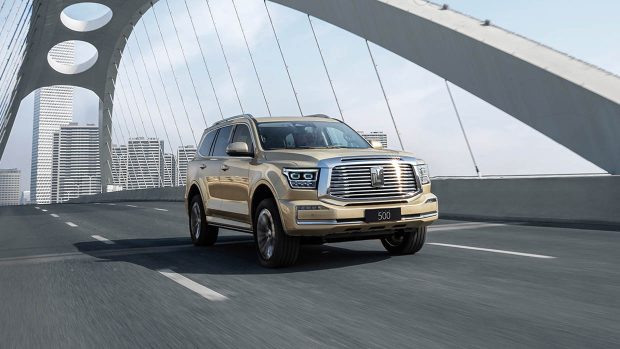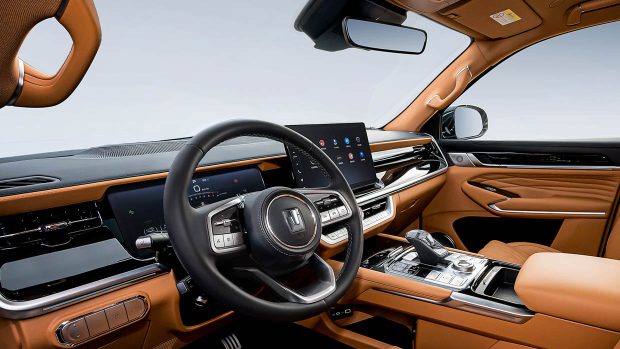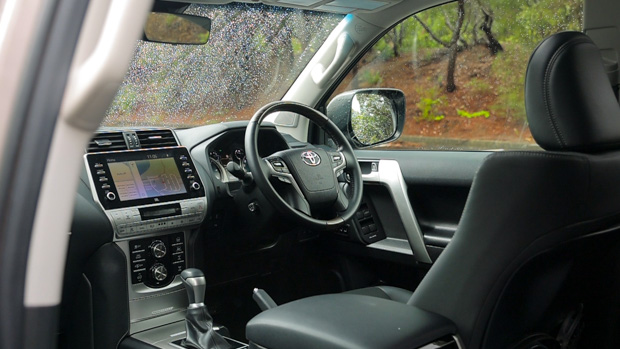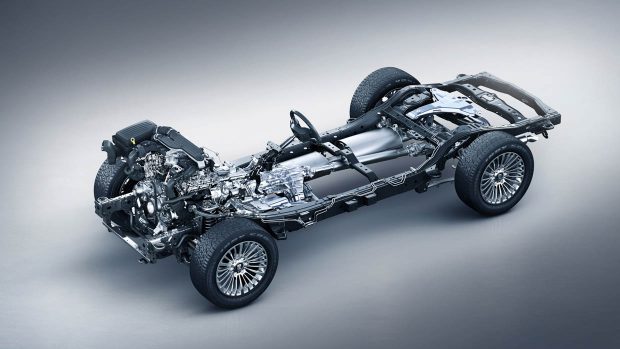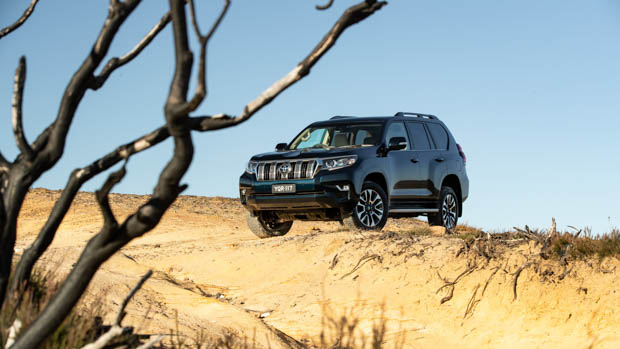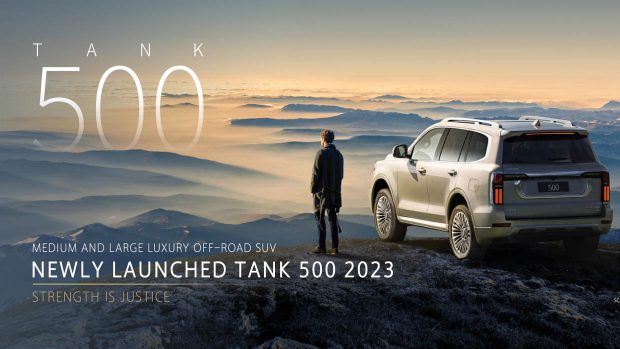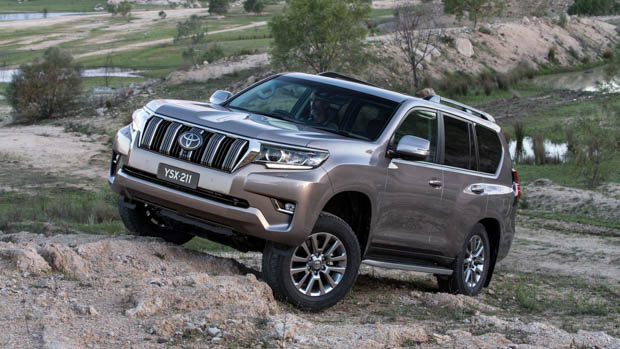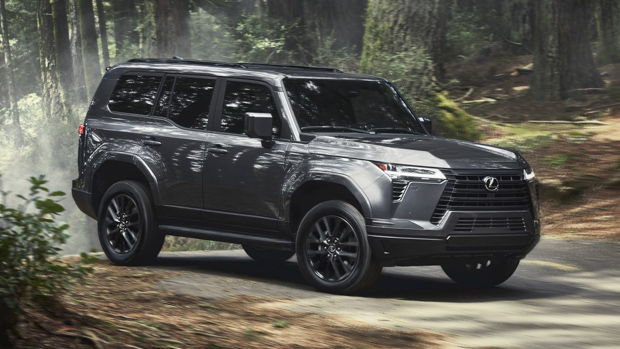-
Car Reviews
- All reviews
- Midsize SUVs
- Small cars
- Utes
- Small SUVs
- Large SUVs
- Large cars
- Sports SUVs
- Sports cars
- Vans
Latest reviews
- Car News
-
Car Comparisons
Latest comparisons
- Chasing Deals
GWM’s new Tank 500 could be a cut-price adversary for the current Toyota Prado and the soon-arriving new generation
GWM’s relatively new Tank brand, with us since 2021, is already making waves throughout Australia with the Tank 300‘s arrival.
Next up in the family tree is likely to be the Tank 500, a larger Toyota Prado-sized SUV that should be more luxurious and better equipped, and in typical GWM fashion, competitively priced.
Let’s look at what the Tank 500 is likely to offer Australian buyers, and how it compares to Toyota’s Land Cruiser Prado. The latter’s been on our market since 2009 in fourth-generation 150 guise.
For this exercise, we will compare a high-spec Tank 500 with the flagship Prado Kakadu.
Pricing for the current generation Toyota Prado starts from $62,830 before on-road costs for an entry-level GX model, but tops out as high as $87,468 (before on-road costs) for the flagship Kakadu variant.
While pricing for the GWM Tank 500 has not yet been confirmed for the Australian market, Chasing Cars has previously speculated it could slightly undercut the Prado, potentially from around $70K-$80K before any on-road costs.
As standard, we know from the GWM Tank China website that the Tank 500 comes with the following features as standard:
The Toyota Prado Kakadu, meanwhile, is fitted with the following features as standard:
Both vehicles are similar when it comes to features, however the GWM Tank 500 offers more cutting edge digital screens and connectivity.
Beginning with the Toyota Prado, the Kakadu gets the same powertrain as the rest of the Prado range, a 2.8-litre turbo-diesel four-cylinder engine producing 150kW/500Nm.
This engine is paired with a six-speed torque converter automatic transmission powering a full-time four-wheel drive system. Toyota claims the average combined fuel economy is 7.0L/100km.
Meanwhile, the Tank 500 blows the Toyota Prado out of the water with a 3.0-litre twin-turbocharged petrol V6 that produces much more power, rated at 260kW/500Nm.
The twin-turbo V6 in the Tank 500 also features a 48-volt mild-hybrid electric system, likely there to aid starting and to help charge the onboard battery.
The Toyota Prado Kakadu runs a full-time four-wheel drive system. It has a 30.4 degree approach angle, 23.5 degree departure angle and 21.1 degree breakover angle. Ground clearance is 220mm.
It features five speed crawl control, Toyota’s adaptive variable suspension system, multi-terrain select and a kinetic dynamic suspension system (KDSS).
On the Tank 500 side of the fence, the upcoming SUV has a 29.6 degree approach angle and a 24 degree departure angle, along with 224mm ground clearance.
The Tank 500 boasts a longer wheelbase than the Prado: 2850mm versus 2790mm.
For remote explorers, the Toyota Prado has a massive 150 litre petrol tank, whereas the Tank 500 has only an 80 litre effort. Offering a long-range fuel tank version for Australia would seem an obvious step.
Standard safety on the Toyota Prado includes:
Standard safety on the Tank 500, in higher spec trim, includes:
The Tank 500 has an extensive safety suite when compared to the current generation Toyota Prado. We can expect the new generation Prado to improve things.
Spec-for-spec, both large SUVs seem like capable everyday off-roaders, especially in high-spec form.
The next generation Prado, likely to debut late this year, will naturally move the game on significantly from the ageing current model.
Even so, we think the Tank 500 still comes out on top with its powerful twin-turbo V6 engine, high level of standard features and commendable standard safety assistance systems.
But which GWM Tank 500 is likely to be sent to Australian shores?
On the Chinese configurator, there are several variants of Tank 500, including a Midrange and High-end configuration and an interestingly named ‘Black Samurai’ variant.
We predict the GWM Tank 500 will come in a high-spec seven-seat grade with standard Nappa leather seats.
We look forward to seeing how the Tank 500 eventually shapes up for our market after the release of the Tank 300 SUV.
Latest news
About Chasing cars
Chasing Cars reviews are 100% independent.
Because we are powered by Budget Direct Insurance, we don’t receive advertising or sales revenue from car manufacturers.
We’re truly independent – giving you Australia’s best car reviews.
